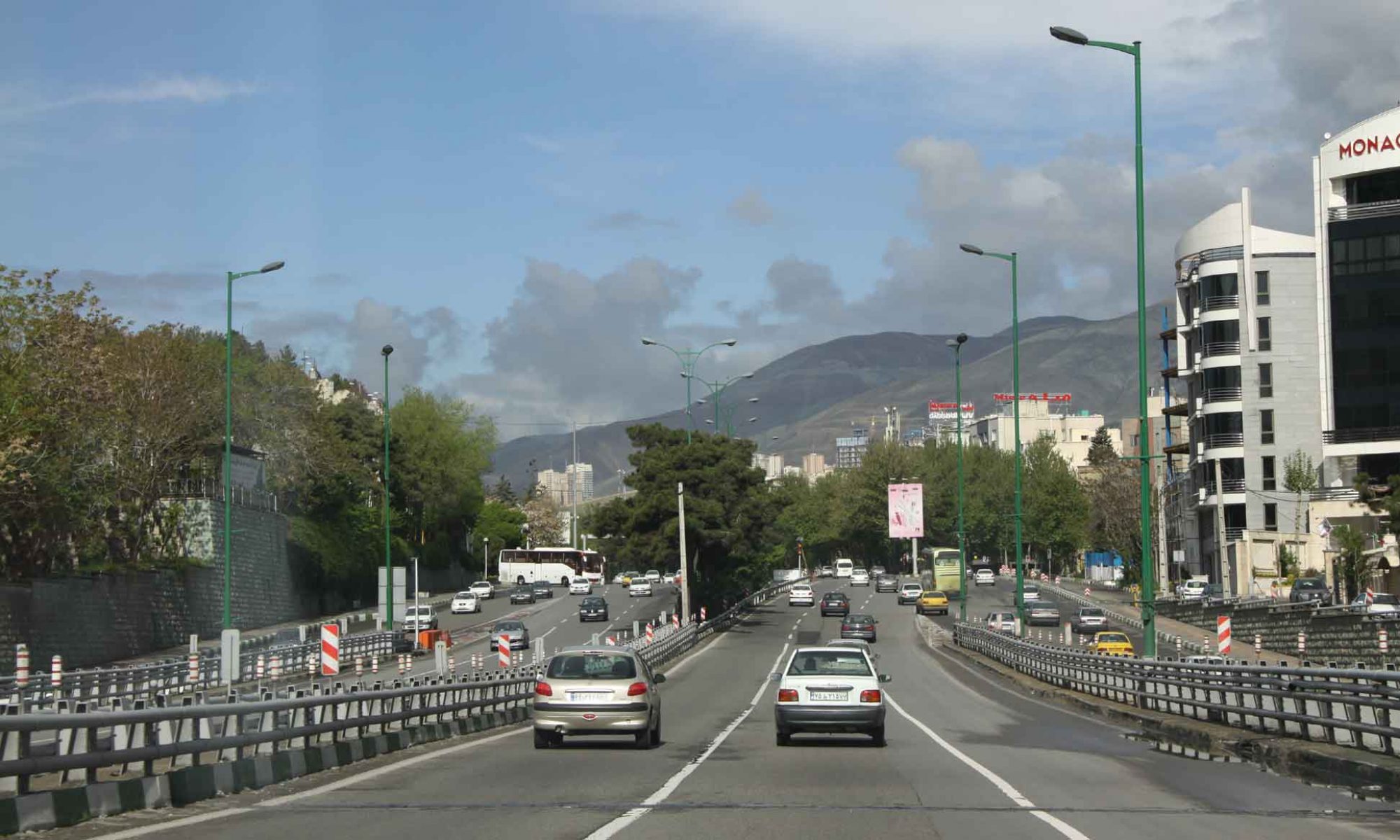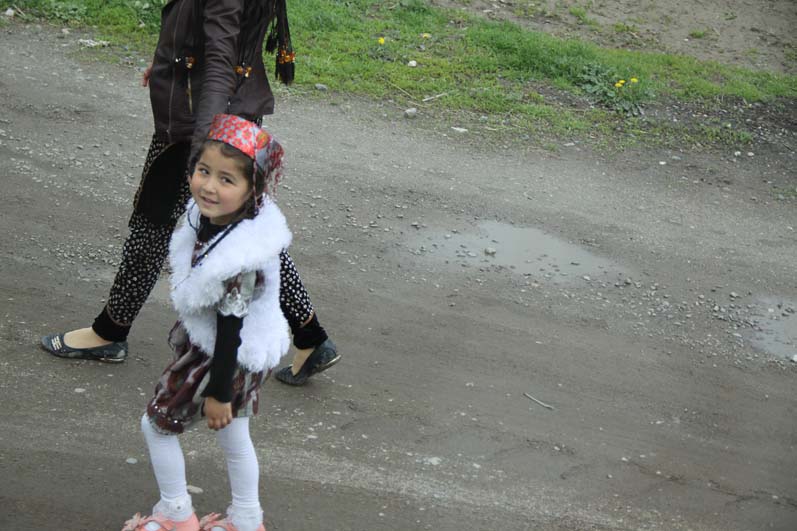I visited Bukhara in March 2015. The road from Samarkand to Bukhara was even worse than Tashkent-Bukhara. Taking photos of the gorgeous countryside made the 5-hour drive bearable.
The region of Bukhara was a part of the Persian Empire for a long time. The origin of many of its current inhabitants goes back to the period of Aryan immigration into the region. It was at the crossroad of the ancient Silk Road and has been one of the main centers of world civilization from its early days in 6th century BC. The city looks like a museum with more than 140 ancient architectural monuments. Our hotel was located within 2 minutes walking distance of one of the Lab-i Hauz (or Lab-e Hauz, (Persian: by the pond) Ensemble (1568–1622) is the name of the area surrounding one of the few remaining Hauz (ponds) in the city of Bukhara. The night of our arrival we were invited to dinner while being entertained by Uzbek music and dance inside the Nadir Divan-Beghi Madrasah (1620) situated in the Lab-i-Hauz complex. Click HERE to watch a video clip. We visited a very old synagogue and the rabbi who spoke Persian invited us to visit this ancient site and told us about the story of Bukhara Jews. Bukhara is the birthplace of Avicenna, a Persian philosopher, and physician who is regarded as one of the most significant thinkers and writers of the Islamic Golden Age.

A day in the life of The Silk Road
My retirement project to photograph a day in the life of The Silk Road
